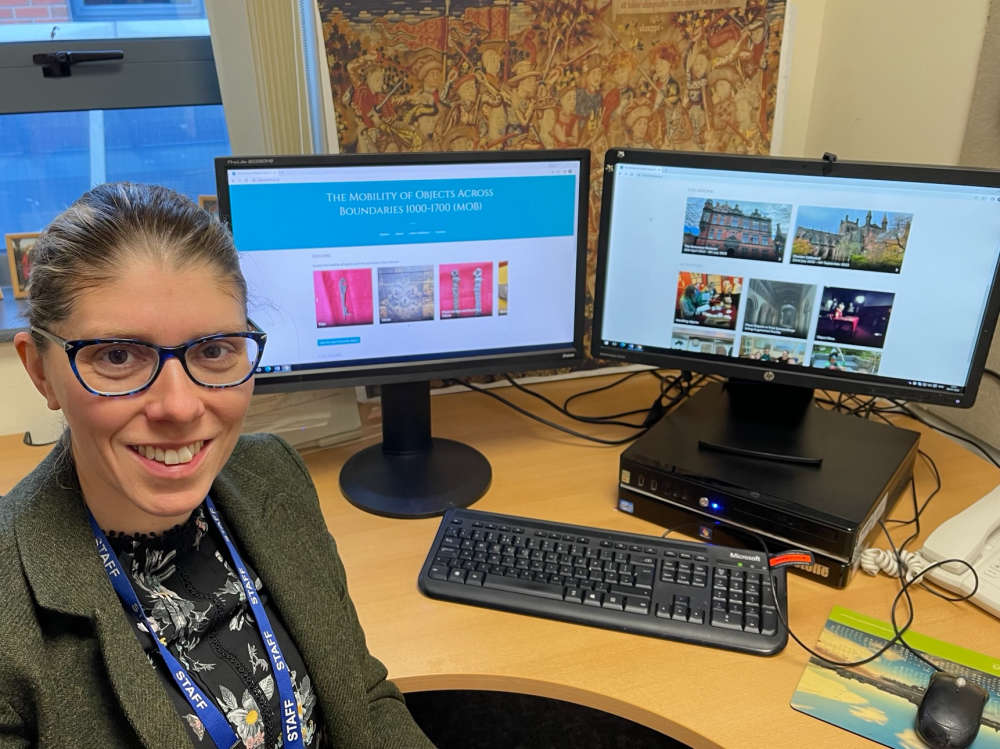
People can enjoy a taste of exciting new exhibitions which are set to offer a new perspective on Chester’s history by bringing artefacts rarely displayed to light alongside virtual reconstructions of prominent city buildings in the Middle Ages.
A new website - https://mob.chester.ac.uk/ - has been launched for people to interact with the ‘Mobility of Objects Across Boundaries (MOB) 1000-1700’ exhibitions, to be held in Chester later this year.
The MOB initiative, led by the University of Chester, the Department of Continuing Education at the University of Oxford and the Grosvenor Museum in Chester, aims to bring medieval and early modern historical artefacts to life - which have not been exhibited before, to challenge perceptions of the period as static and unchanging, and elite narratives of history by focusing on everyday objects.
The new website lets visitors explore what will be on offer in the exhibitions, the first of which will be held at the Grosvenor Museum from April 30 until July 9, 2022. The second will be hosted at Chester Cathedral from July 22 until September 4, 2022.
Ahead of being able to handle the artefacts and try on replica dress, the MOB website provides the chance to delve into the past online by taking a look at the medieval and early modern everyday objects that will lead them around the exhibitions and include keys, shoes and devotional tokens. Website visitors can watch films about the objects and their past stories, which include a journey into the vaults of the Grosvenor Museum to discover an unopened 16th-century Goldsmith’s chest.
People can also get a sense of the Virtual Reality Reconstructions of St John’s in Chester and the Water Tower in the Middle Ages which they will be able to step into at the Museum and Cathedral exhibitions.
Visitors to the website can, in addition, see Object Boxes with artefacts available to loan to primary and secondary schools, the creative work produced by primary and secondary school pupils in response to these, and vote for their favourite medieval object.
The website was designed by the Informatics Centre in Chester, in collaboration with academic experts from the University of Chester’s departments of History and Archaeology, Computer Science and Music, Media and Performance as well as the Faculty of Education and Children’s Services. Also contributing were partners from the Department of Continuing Education at the University of Oxford, the Grosvenor Museum, Chester Cathedral and Dextra Visual - an illustration, 3D modelling and digital animation studio, based just outside Chester.
Katherine Wilson, Associate Professor of Later Medieval European History at the University of Chester said: “We are very excited to launch the interactive website to let the public explore the exhibitions before they visit in person.
“In the exhibitions, you will be invited to ‘step into’ medieval Chester to explore and get a new viewpoint, from up-close everyday historical objects and VR, on the ways in which the past movements and lives of these objects created a complex and diverse medieval city.
“We encourage people to visit the website, share your feedback and experience of the activities - and make sure the dates of the exhibitions at the Grosvenor Museum and Chester Cathedral are in the diary.”
Cheshire West and Chester Council’s Leader and Cabinet Member for Wellbeing, Councillor Louise Gittins added: “It’s great to see the next stage of this fruitful partnership between the Grosvenor Museum, University of Chester and University of Oxford.
“This new website gives a taster of what will be on display at the forthcoming exhibitions at the Grosvenor Museum, showcasing their wonderful medieval collections, and we are delighted to be working closely with Chester Cathedral to extend the run of the show into the summer holidays.
“I’m sure many people will enjoy the website and visiting the exhibitions to step into Chester in the Middle Ages, using the latest technologies to explore the past.”
The website and exhibitions are made possible by a UK Research and Innovation Arts and Humanities Research Council (AHRC) Follow on Funding Grant for Impact and Engagement.
Pictured - Katherine Wilson, Associate Professor of Later Medieval European History at the University of Chester, taking a look at the new website.

 Blues Match Preview: Chester FC v Darlington
Blues Match Preview: Chester FC v Darlington
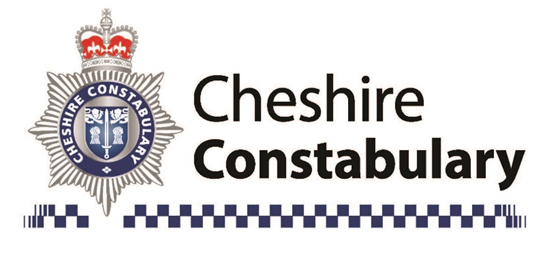 Men jailed following dangerous pursuit across Cheshire
Men jailed following dangerous pursuit across Cheshire
 More than 60 premises targeted across Cheshire as part of NCA-coordinated crackdown
More than 60 premises targeted across Cheshire as part of NCA-coordinated crackdown
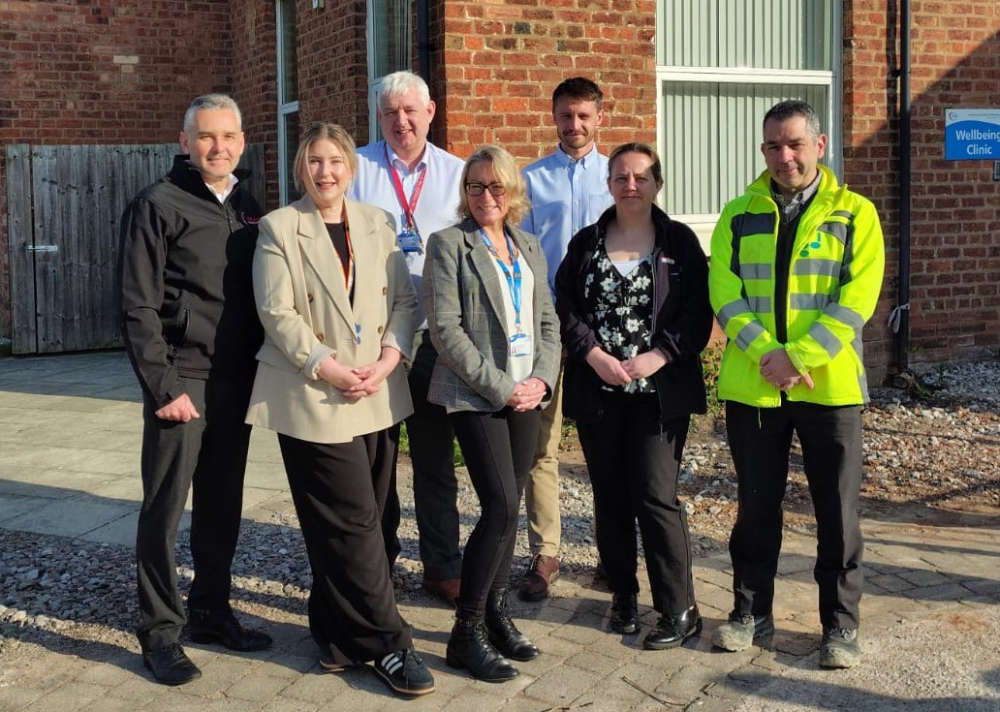 New unit set to transform urgent mental health care experience
New unit set to transform urgent mental health care experience
 Crime prevention - Do you own a motorcycle, scooter or moped?
Crime prevention - Do you own a motorcycle, scooter or moped?
 Police appeal for help in tracing wanted Whitchurch man
Police appeal for help in tracing wanted Whitchurch man
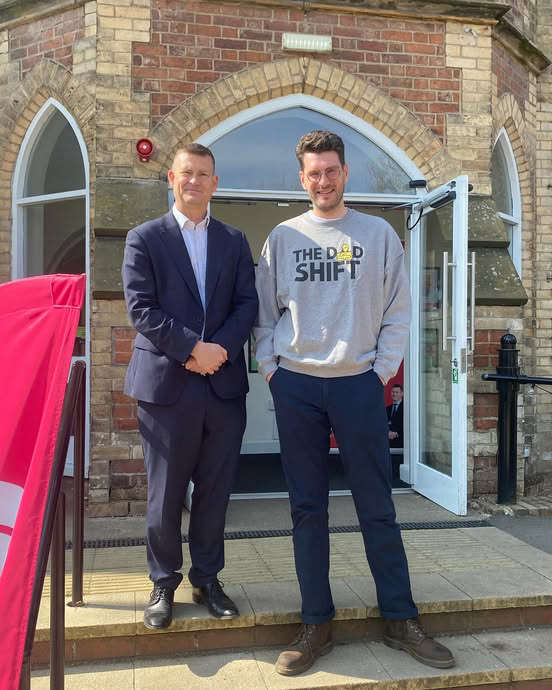 Dads' Parental Leave
Dads' Parental Leave
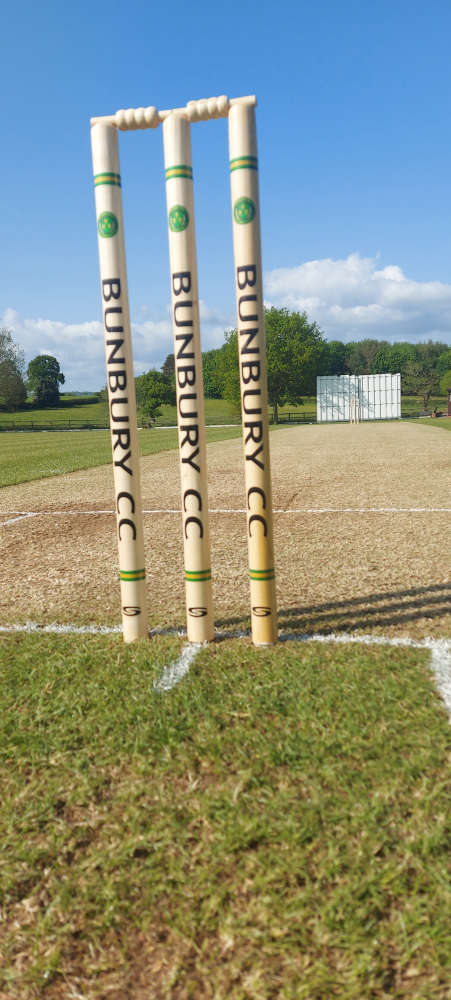 Bunbury Cricket Club Thrives as It Expands, Invests and Welcomes Women’s Cricket
Bunbury Cricket Club Thrives as It Expands, Invests and Welcomes Women’s Cricket
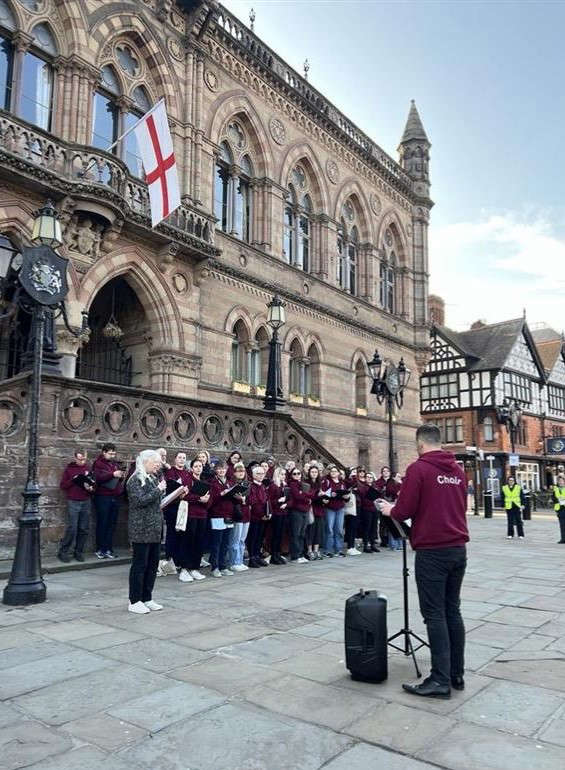 Hundreds take part in Chester city centre Lent Procession
Hundreds take part in Chester city centre Lent Procession
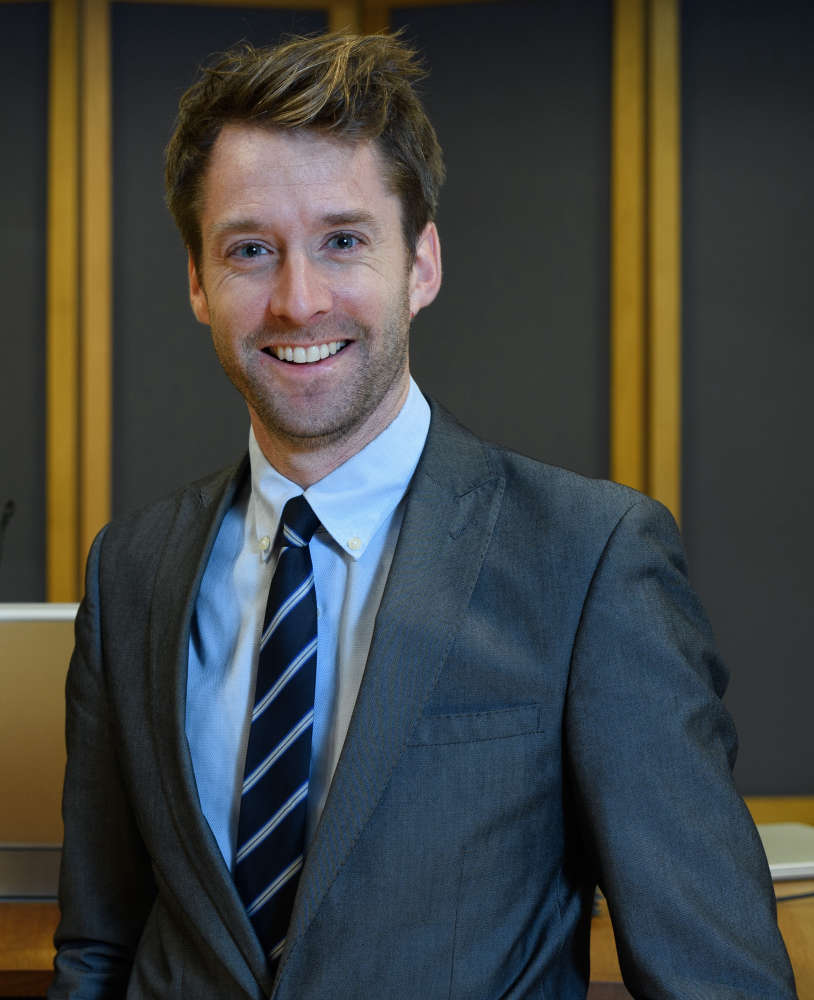 Local MS pleased to see a North Wales council receiving recognition for supporting the Armed Forces
Local MS pleased to see a North Wales council receiving recognition for supporting the Armed Forces
 University of Chester student-run events raise £2,400 for charity
University of Chester student-run events raise £2,400 for charity
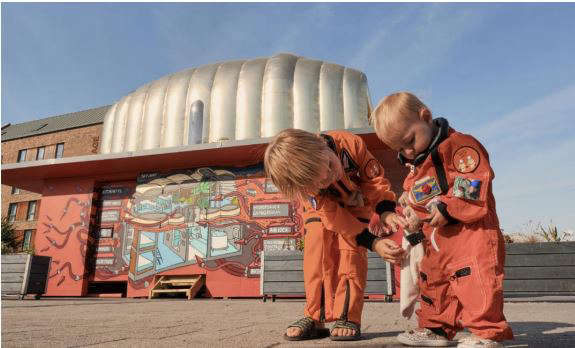 Jodrell Bank Presents: A Stitch in Space Time
Jodrell Bank Presents: A Stitch in Space Time
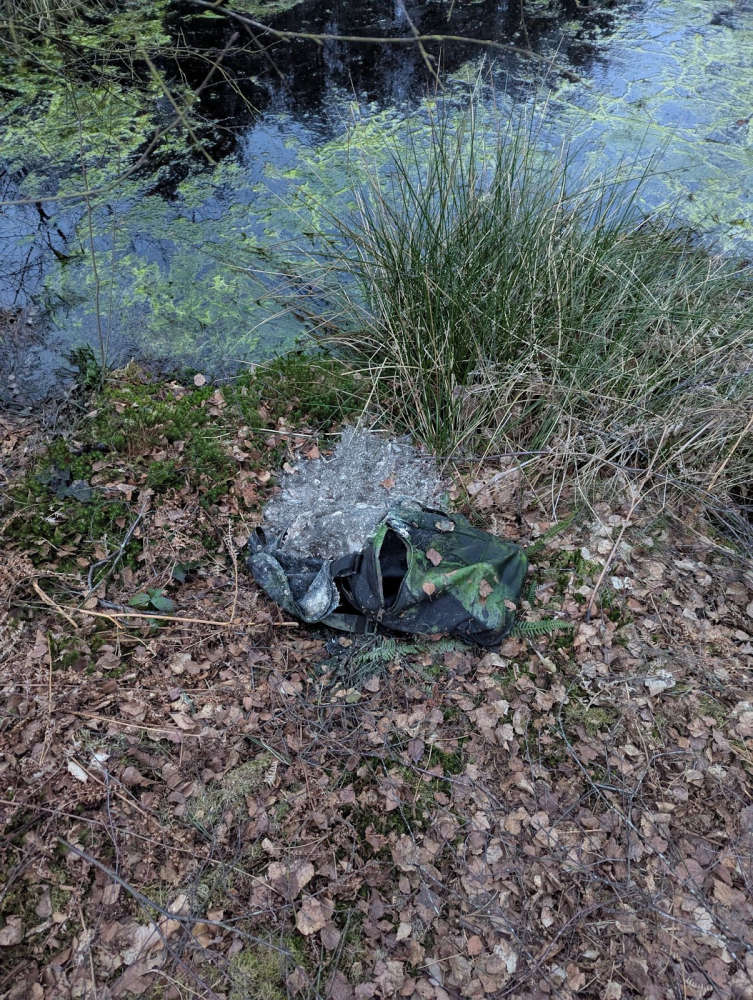 Appeal for information after dead dog found in duffle bag
Appeal for information after dead dog found in duffle bag
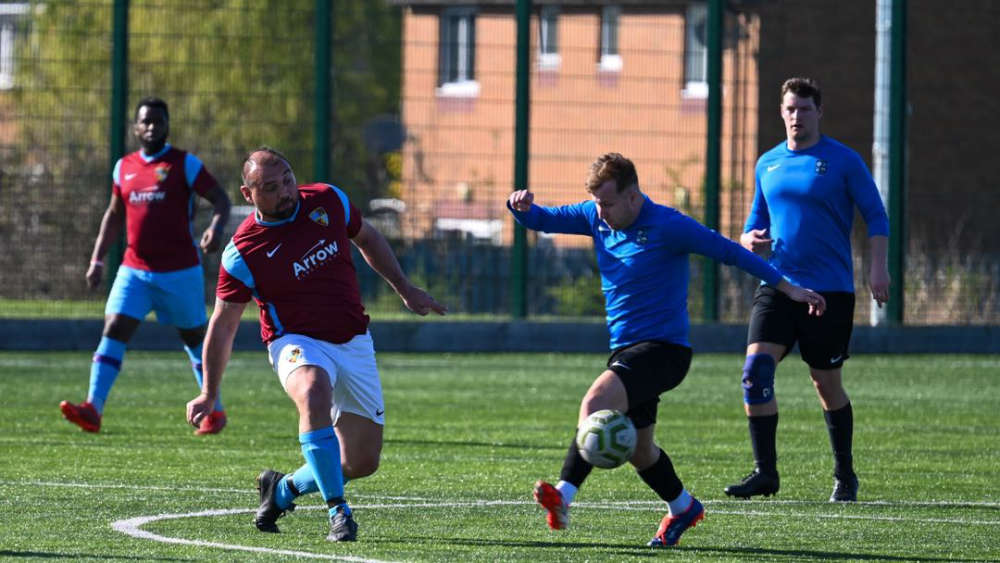 Chester and Wirral Football League - Weekend Round Up
Chester and Wirral Football League - Weekend Round Up
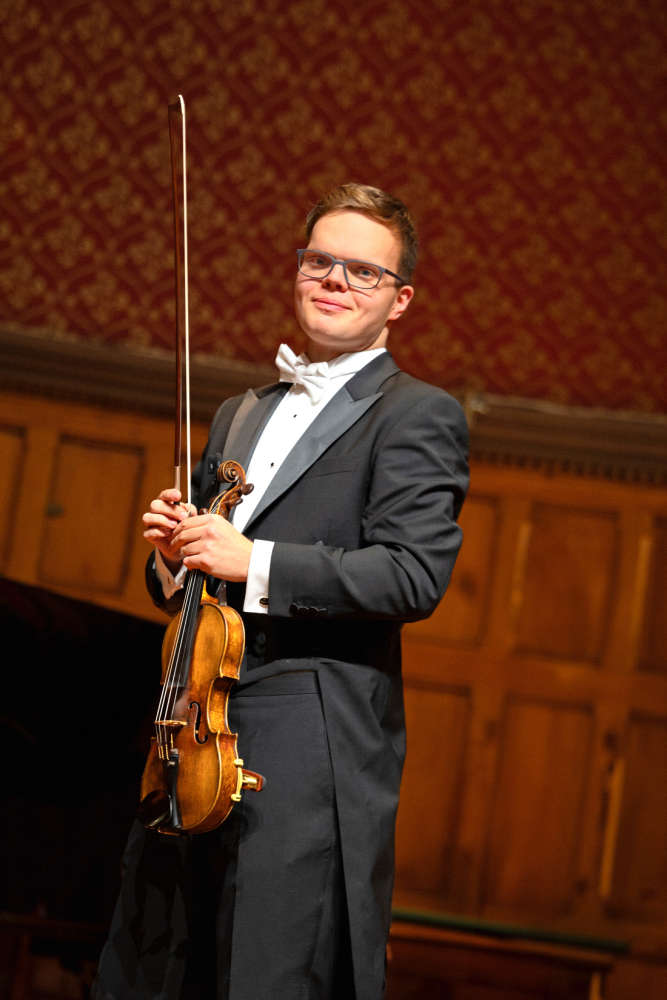 POPULAR CHESTER BUSKER RETURNS TO TOWN HALL STAGE FOLLOWING CONCERT SUCCESS
POPULAR CHESTER BUSKER RETURNS TO TOWN HALL STAGE FOLLOWING CONCERT SUCCESS
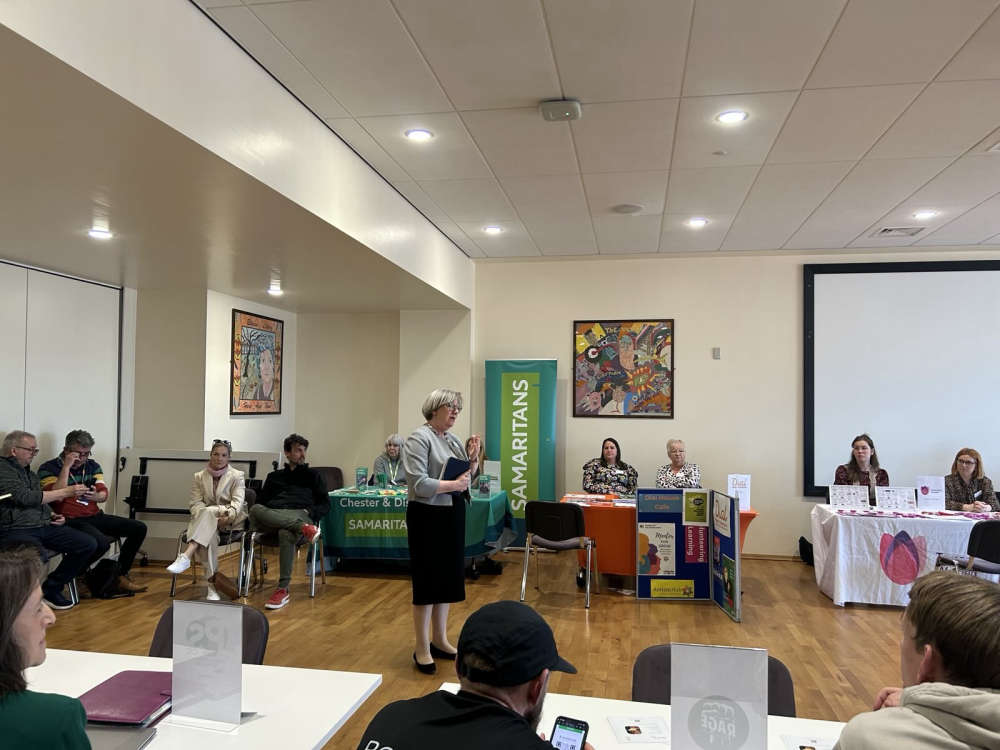 Housing and Support Fayre Helps Chester North & Neston Residents Access Vital Services
Housing and Support Fayre Helps Chester North & Neston Residents Access Vital Services
 Successful local hospital liver cancer screening service continues to expand
Successful local hospital liver cancer screening service continues to expand
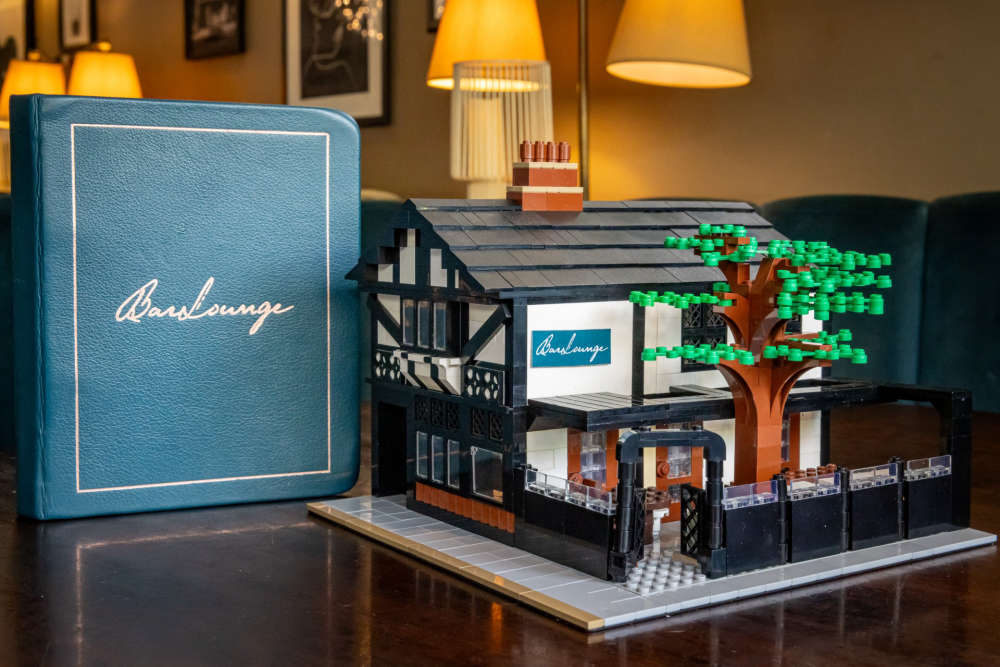 POPULAR CHESTER BAR CELEBRATES 25th ANNIVERSARY WITH SPECIAL LEGO MODEL
POPULAR CHESTER BAR CELEBRATES 25th ANNIVERSARY WITH SPECIAL LEGO MODEL
Comments
Add a comment